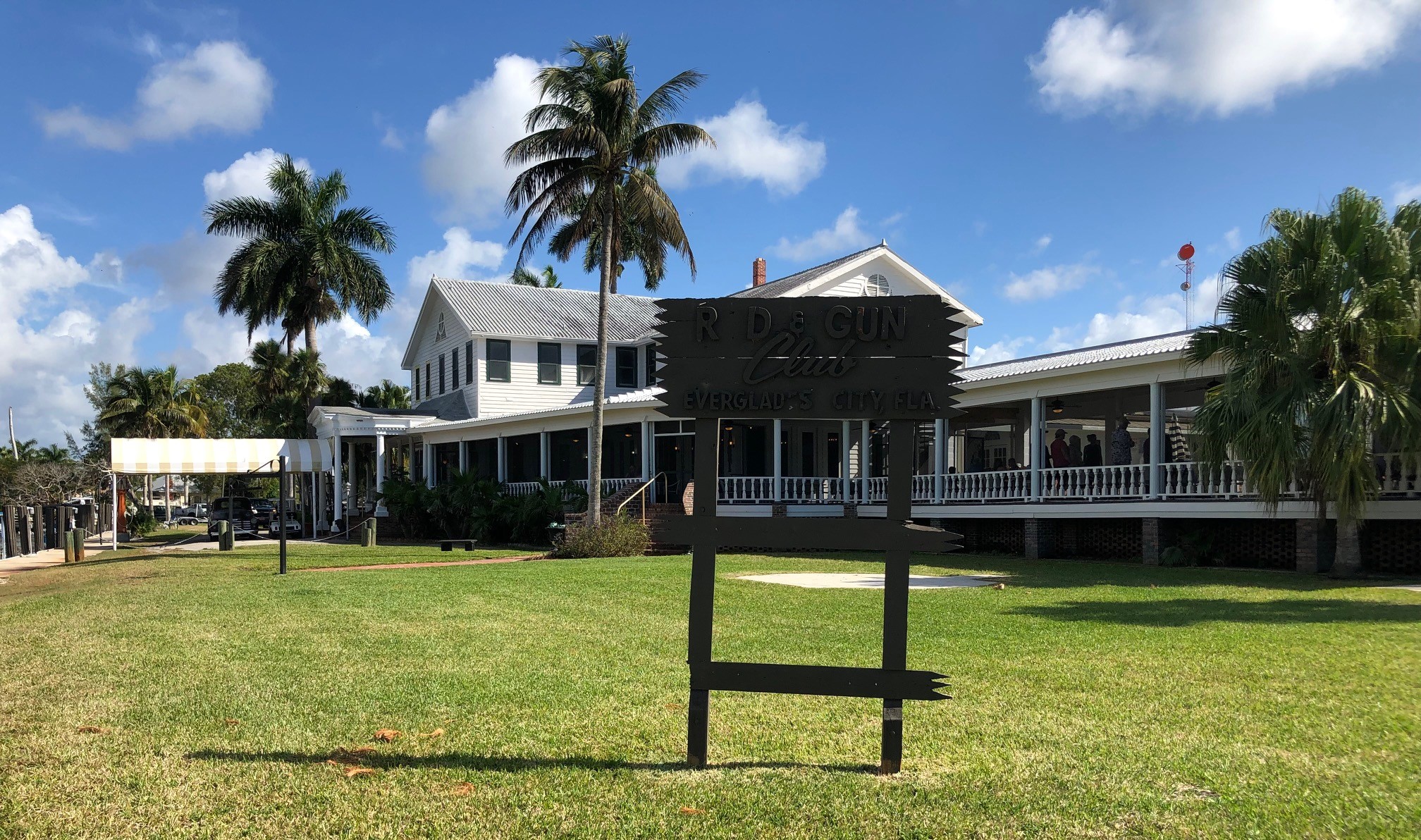It is unusual in Southwest Florida to find an area with so many original structures and so many families who can trace their ancestors back to settlements here in the late 1800’s.
In 1923, Collier County was founded by Barron Gift Collier who picked the little farming and trading village of Everglade (Barron Collier added the “s” to make it “Everglades”) as his headquarters because of its central location and wide river, which he renamed the Barron River. Collier developed much of the agricultural and residential area and finished the Tamiami Trail (Route 41) with his own resources.
Everglades was laid out as a modern town with a grid of streets centered on a city circle (similar to Washington, D.C. or Paris). Among the amenities he provided were the County Courthouse (current City Hall) and a library, laundry (current Museum of the Everglades), an inn with department store downstairs, theater, and bank.

